The new colosseum
Apart from the inclusion of cinemas, skating rinks, restaurants, children’s play areas, art galleries, concerts, spas, fitness clubs, digital workspaces, etc – the environmental décor has become an important feature of the attraction. There are a number of techniques at play from the moment you step through those glass doors into a world of sumptuous possibility – techniques designed to specifically enthral and engage.Colour and texture: The first is colour, the gleam and shiny intrigue of diverse shopfronts vying for attention. While the theme throughout the centre blends to give visitors a sense of seamless design, each shop maintains its own look and feel. The smooth textures of chrome, brass, glass and marble combine to give any centre a glamourous look, intensifying the desire to buy…well, something.
Colour is used to intrigue and beguile – from bright expressions between and around shopfronts to the cool and shiny, light-reflecting floor tiles. Colour can both calm and energise, warm and comfort – and focus attention. It’s a magic tool in any designer’s vision.
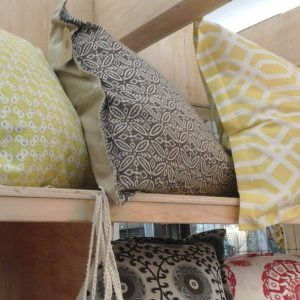
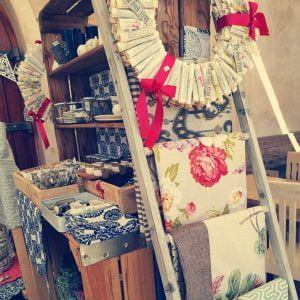
Space, size and volume: A modern shopping centre is designed to impress – and to do so on a large scale. There must be space for the easy flow of large numbers of people browsing from shop to shop, and window shopping. More than one floor is helpful in creating a feeling of space, along with escalators, lifts, walkways, kiosks, fountains, plants, stairs and balconies. Soaring ceilings with broad skylights give a further sense of volume.

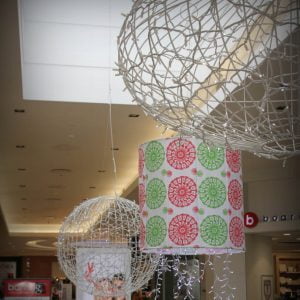
Modern shopping centres pay considerable attention to the design and strategic positioning of lighting, which can include artistic wall lamps for intimacy, the subtlety of concealed lighting, as well as large overhead, elegantly designed fluorescent lighting and chandeliers. The weather can be appalling outside, but inside the lights beckon and shimmer, almost mimicking sunlight on the glistening glass fronts of the shops with their colourful window displays.
The trends
Lifestyle: Today’s centres are often built in tandem with apartment blocks and offices so that the centre is included in the day to day activities of people who can enjoy the wrap of business, leisure and shopping convenience all within walking distance. This is one of the reasons that mega centres are becoming more popular. In fact, the centres are consuming so much of people’s time, that homes are becoming smaller. We are spending more time in a shopping centre with its enticing attractions and social mingling than we do at home.
Entertainment: From a variety of restaurants for every taste to cinemas and children’s play areas, the modern shopping centre is designed to present itself as a second home; people meet for lunch or coffee, for cinema dates, leave their children in well-managed play areas. There is often live music and even areas where bands perform and competitions take place. The décor throughout the centre responds to a designer’s vision to make the shopping trip fun, adding that ‘wow’ factor that will motivate your purse as much as it lifts your mood. And when you feel good…well, you are going to spend more money.

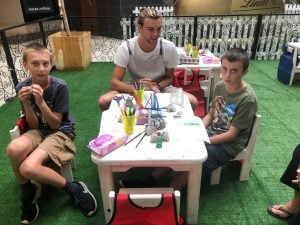
 .
. 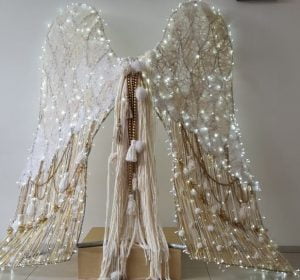
Digital scope: Whereas a shopping centre used to be purely for shopping, among the new amenities today there are now places for business people to gather – and designated areas for freelancers to work on their laptops while still connected to the buzz around them. Most restaurants and coffee shops now boast Wi-fi connectivity, making cosy options for mixing business and pleasure.
It is clear from the above trendsthat the value and popularity of shopping centres are set to grow – and design will be fundamental to their success. Décor in this arena offers unlimited potential and is linked to an understanding of people, changing needs, and the vital role of décor in commerce.


